What is the tolerance range of precision screws?
What is the tolerance range of precision screws?
Service Hotline
+86760-8787 8587We have more than ten years of experience in screw industry production, the main products are: GB818 bolts, 16582 open round head rivets, elastic nuts, PC board spacer studs, GB810 round nuts, multi-type carbon steel, umbrella head round head bolts, locking Anti-loosening, copper column yin and yang stud, machinery industry stainless steel, glass cork gasket manufacturer, dowel pin round head positioning pin, knock on the lock rivet knock nail GB869 rivet, 1.5D thick hexagon nut, pull cap and other fastening Due to the different materials and specifications of the products, the prices are also different, if necessary, please contact us.


The Greek mathematician Arkutas once described the principle of screw, screw, screw. In the first century AD, the Mediterranean world had begun to use wood screws, screws, and screws in screw presses that could press olive oil from olives, or make wine from grapes. Before the fifteenth century, metal screws, screws, screws were rarely used as fasteners in Europe. Rybczynski (Rybczynski) proves that hand-held screwdrivers and screwdrivers existed in the Middle Ages (at the latest AD 1580), but it was not until the eighteenth century that threaded fasteners were commercialized and began to be widely used. . Before threaded fasteners were widely used, there were many different ways of tightening. Mostly related to woodworking and forging, and less to machining, concepts such as dowels and pins, wedges, tenon and tenon, dovetails, nails, forge welding, and others are tied with leather or fiber and tied together. Before the mid-nineteenth century, ships were built with cotter pins, pin bolts, or rivets. There were also adhesives, but not as many as they are here today. Metal screws, screws, and screws became commonly used fasteners after the use of machine tools in the 18th century to mass-produce screws, screws, and screws. This technology developed around the 1760s and 1770s, along two separate processes. Approaches, but quickly converged: wood screws, screws, screws (metal screws for wood fixing, screws, screws) are machined with single-purpose, high-yield machines, and low-volume, mold shop style production V-Thread Machine Screws, Screws, Screws, can choose from a variety of different pitches.
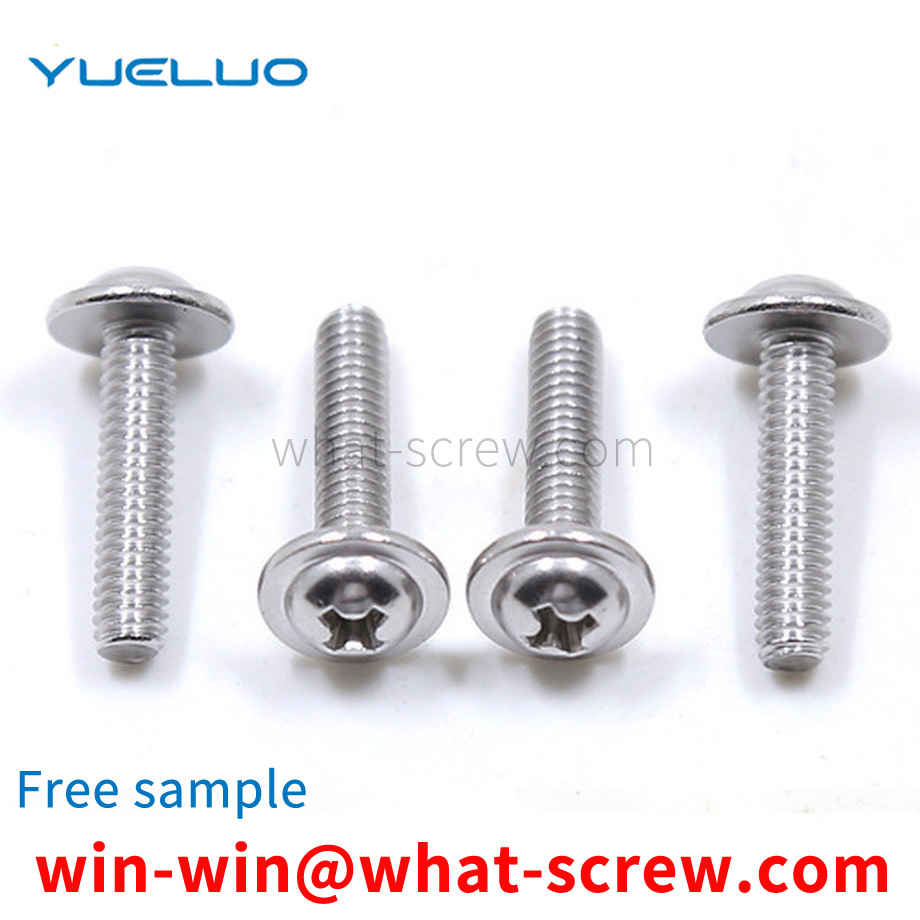
At present, with the development of the manufacturing industry, many parts with strange shapes are widely used in aviation, aerospace and other industrial fields, one of which is an L-shaped cylindrical pin. The upper end is provided with a 2.55×4.95 U-shaped boss. The parallelism error between the upper end face and the lower end face of the boss is required to be less than 0.01 mm. The L-shaped cylindrical pin requires high machining accuracy and is difficult to clamp on the machine tool. It is difficult to process. When the forming part is cut off, the cut surface, that is, the upper end surface of the boss, will leave a small column platform. When processing this end surface, in the prior art, a vise is generally used to process such an L-shaped cylindrical pin. Or copper sleeves are clamped, and then processed; however, due to the small size of the parts, the L-shaped cylindrical pin workpiece is difficult to clamp; due to the high precision required for each machined surface of the workpiece, when clamping with a vise , the clamping force of the vise is difficult to control, and it is easy to crush and scratch the surface of the workpiece; and when using a vise or a copper set clamp, only one workpiece can be clamped for each processing and production, and it is difficult to ensure the upper and lower planes of the parts after the clamping is completed. Parallelism machining error, resulting in low parts processing quality and low production efficiency.
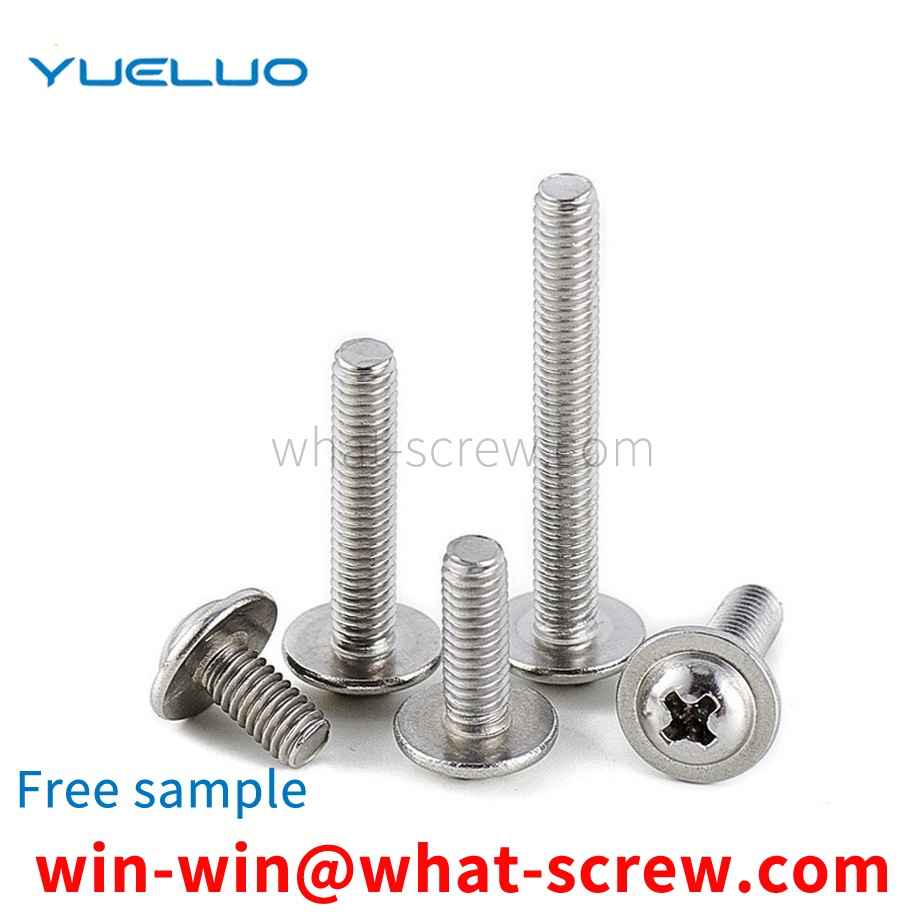
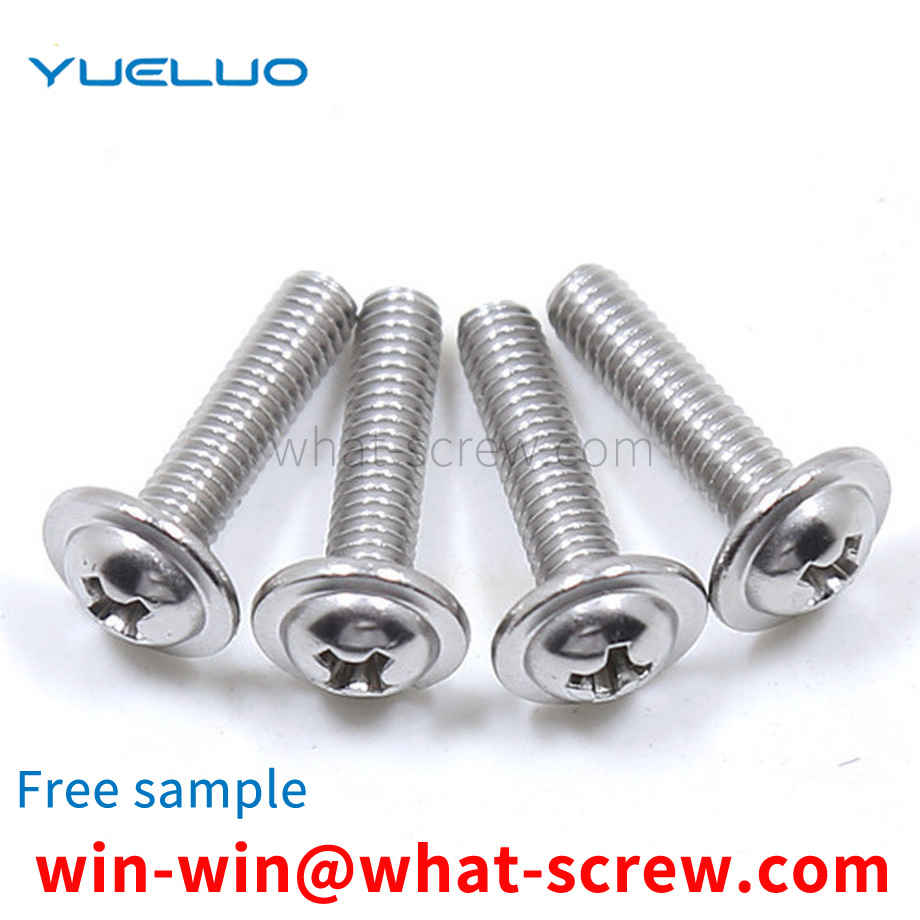
through-hole mounting nut, comprising a hexagonal portion 1 and a cylindrical portion 2, a threaded hole 3 is provided between the hexagonal portion 1 and the cylindrical portion 2, and two grooves 4 are opened on the cylindrical portion 2, and each of the two sides of the groove 4 has a The raised side 5, the two sides protruding from the sheet metal part 7, if squeezed or hit by the bolt 8, it will bend to both sides and buckle on the sheet metal part, so that it is not welded directly. Rubber can also be used. Each of the upper surfaces of the side edges 5 is provided with a convex point 6 so that the hammer will not slip when hitting.
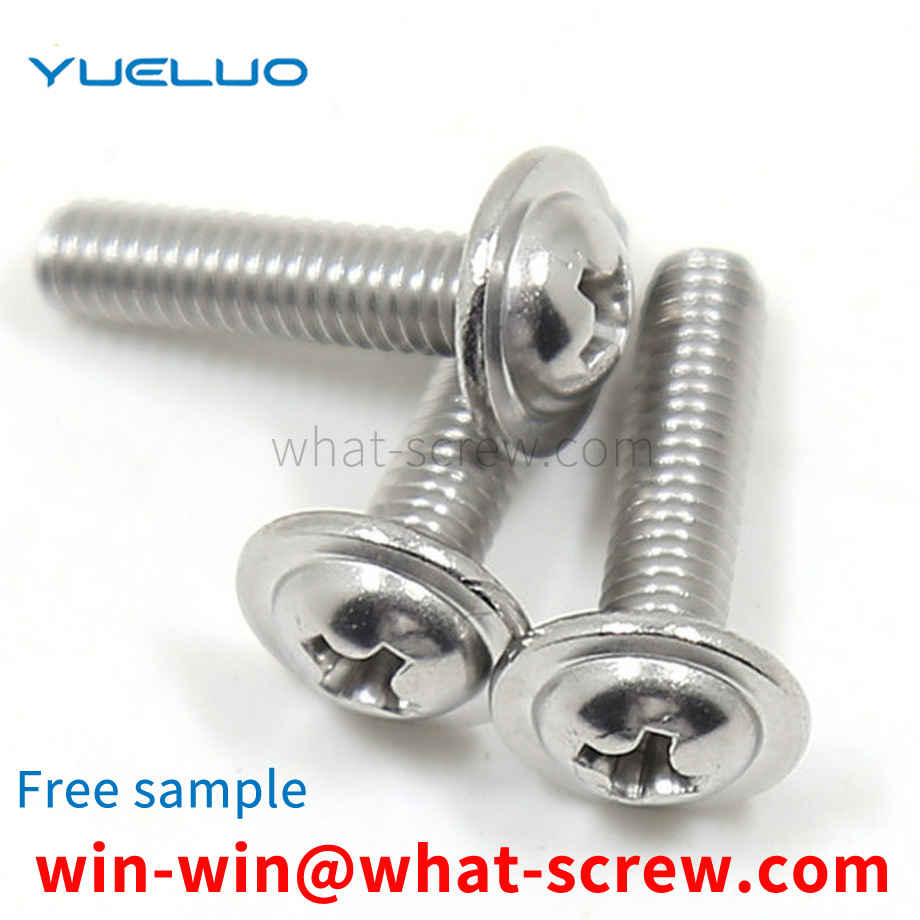
Pre-embedded channels are often used in rail transit. There are usually U-shaped channels and C-shaped channels. There are also various widths of openings on one side. The T-bolts used in their connection are generally non-standard parts, which need to be The actual project needs to be customized, mostly for the overall stamping production, the mold cycle is long, the number of mold openings is large, and the production cost is high. Moreover, when assembling and connecting, it is sometimes found that the size of the originally designed t-bolts does not match, and it is necessary to replace t-bolts of different sizes, then it is necessary to redesign and produce non-standard t-bolts, which slows down the entire equipment. processing cycle. Customized T-bolts are often not wide enough in size range, and only a few can be selected for specific assembly and connection, which is difficult to meet the diverse requirements of the production site for bolts.
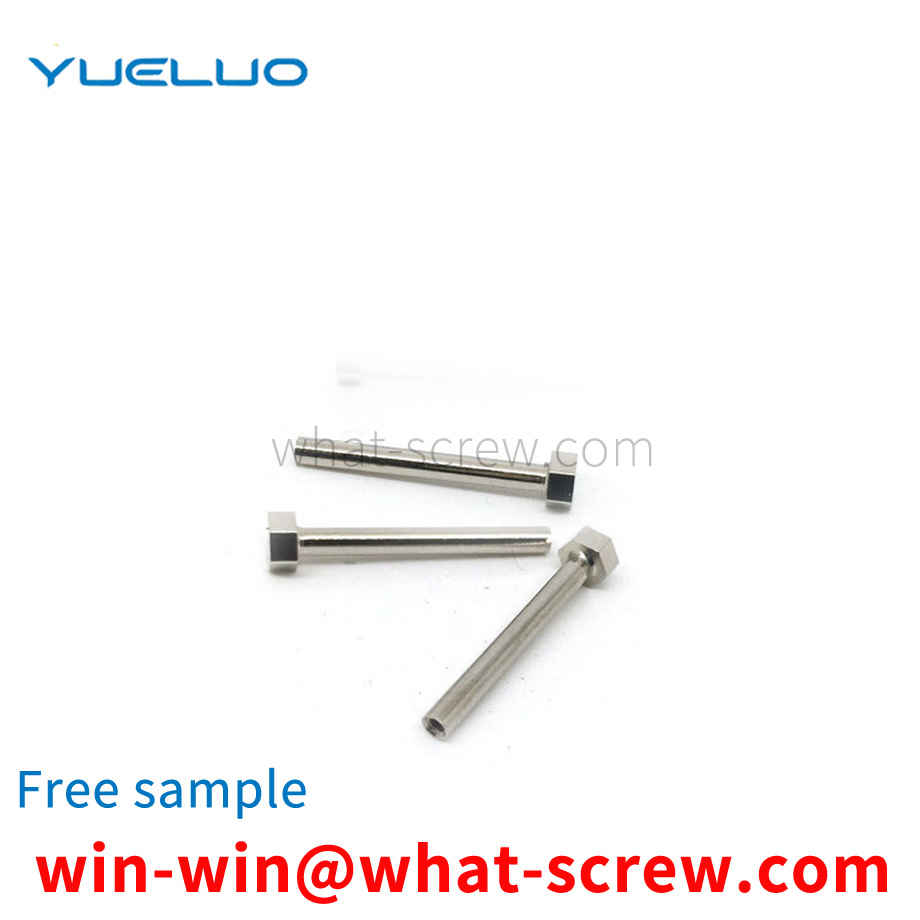
The above content is uploaded by Yueluo or the Internet. If there is any copyright issue, please contact [email protected].

What is the tolerance range of precision screws?

How to choose the right stainless steel screw manufacturer?

Why is there an R angle under the head of the hexagon head s...
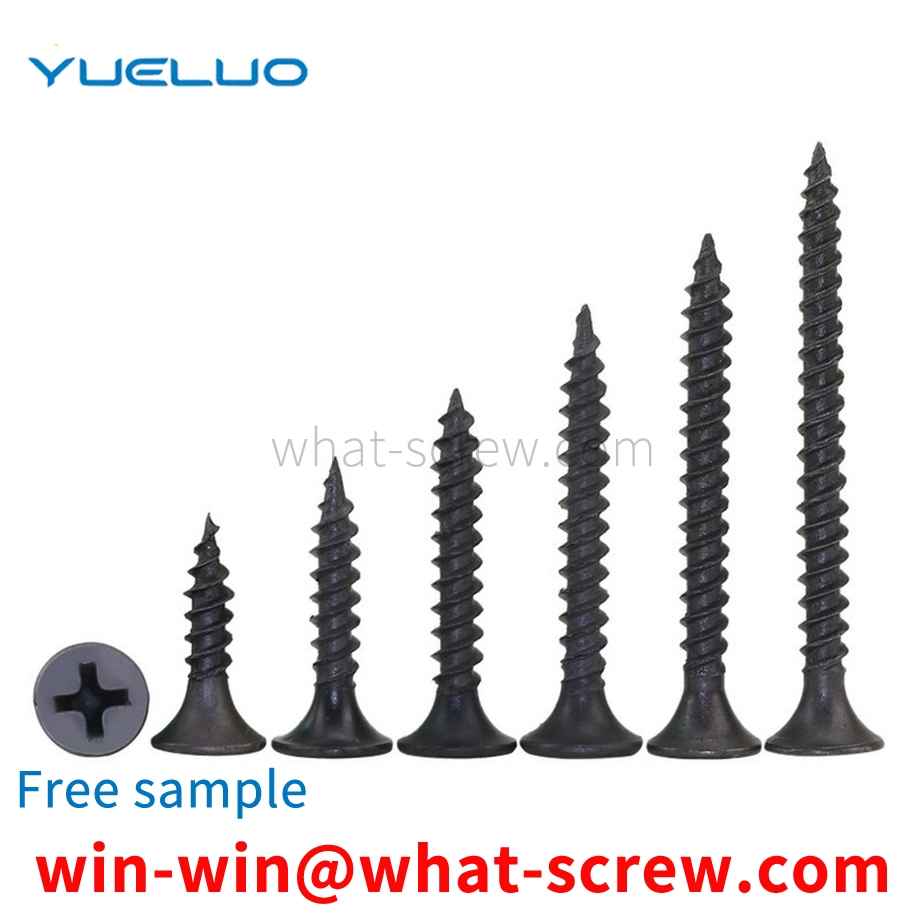
We have more than ten years of production experience in the ...
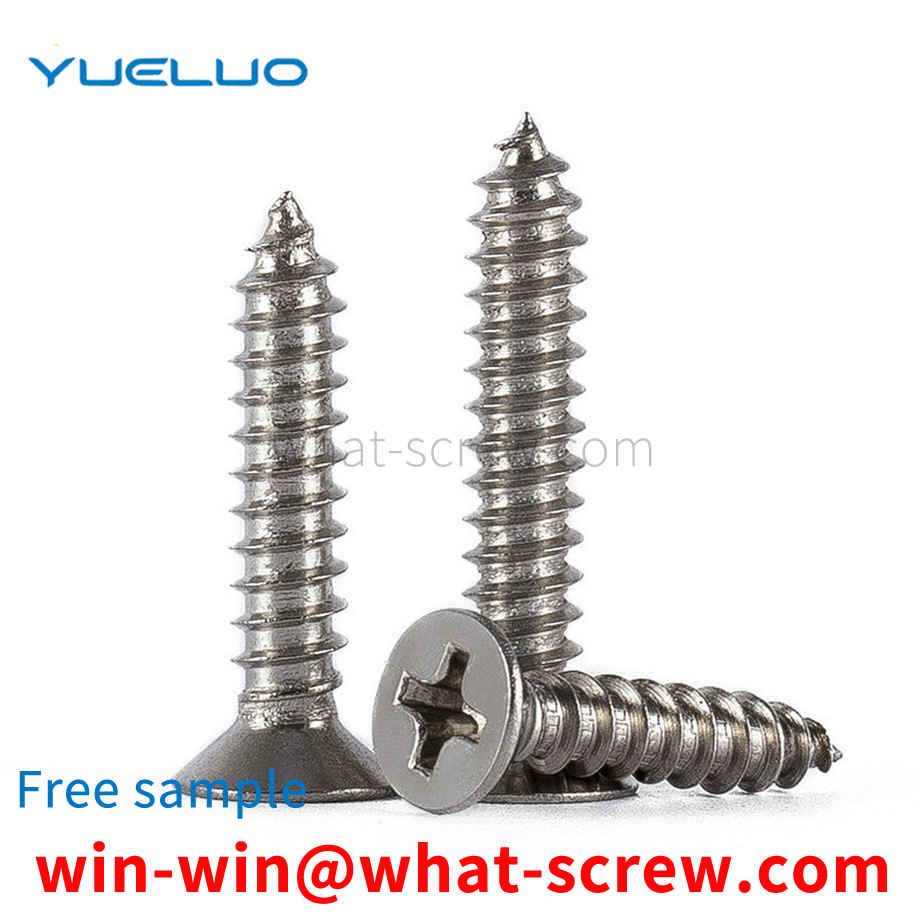
We have more than ten years of production experience in the ...

We have more than ten years of experience in screw industry ...

We have more than ten years of experience in screw industry ...